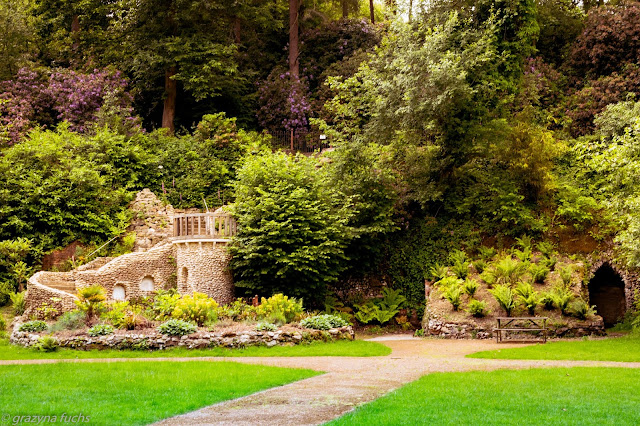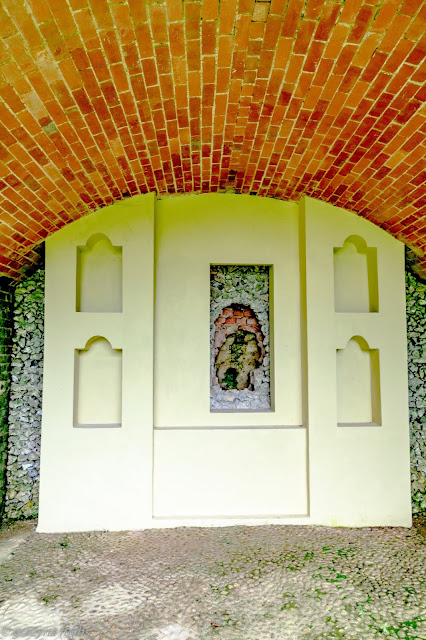This cemetery was opened in 1820 and lies to the south of Regent Road
and to the east of the Canongate kirkyard. It was created in part to
re-inter the remains from Old Calton Burial Ground when Waterloo Place
was constructed. There are some early 18th Century monuments the old
cemetery and a watch-tower to guard against body-snatching; there was at
one time a lucrative market for anatomical research.
It includes some early 18th
Century monuments which had been brought from lost sections of the old
cemetery and a watch-tower to guard against the theft of bodies for
anatomical classes, a popular practice at the time. Notable residents
include architect David Bryce (1803-76).
The first recorded interment (as opposed to re-interment) is noted on a
vault on the north wall, and relates to John Fyfe who died on 27
February 1817 and was buried in the newly constructed vault of his
father, Andrew Fyfe, approximately midway along the north wall.































































